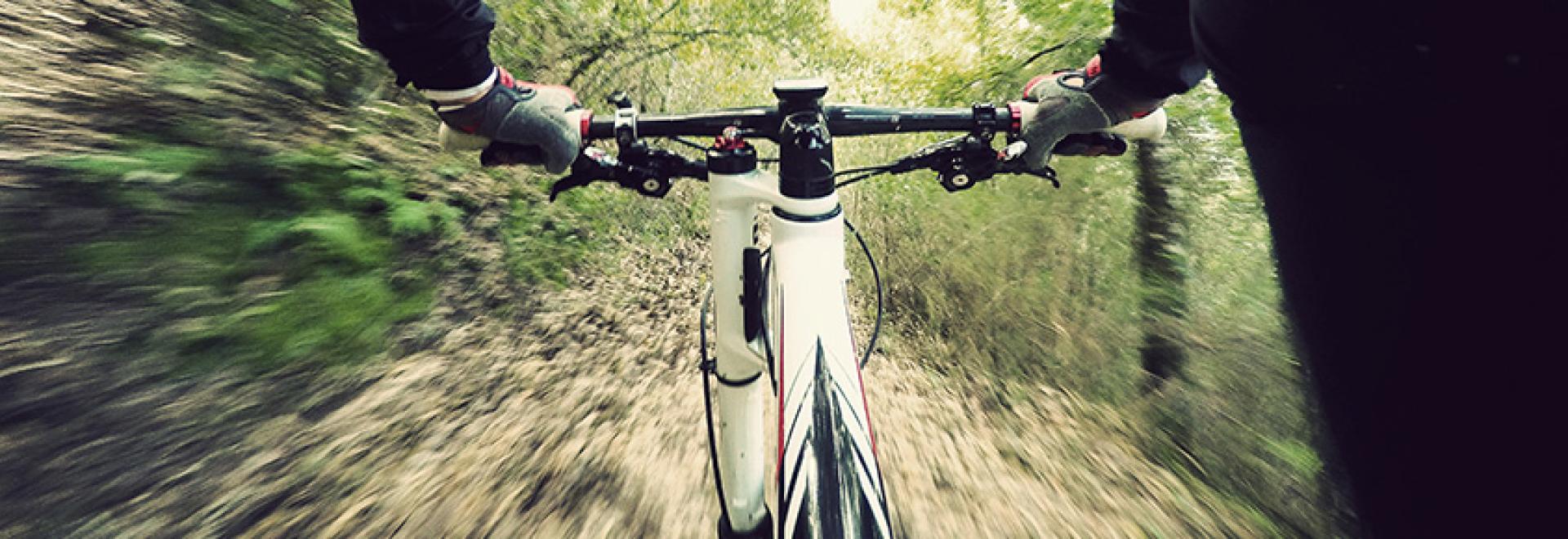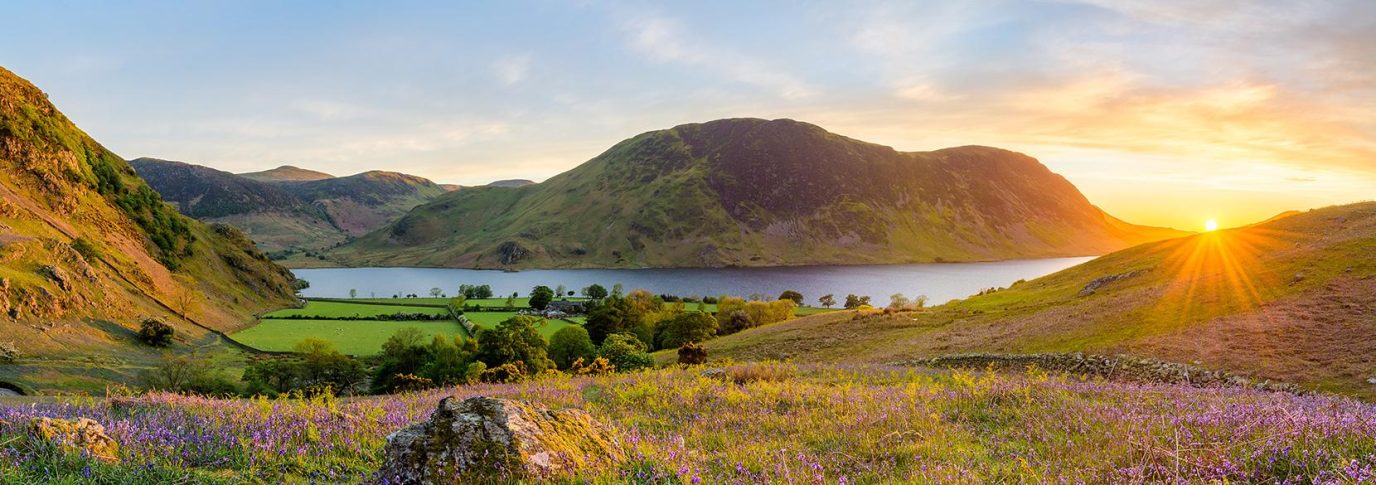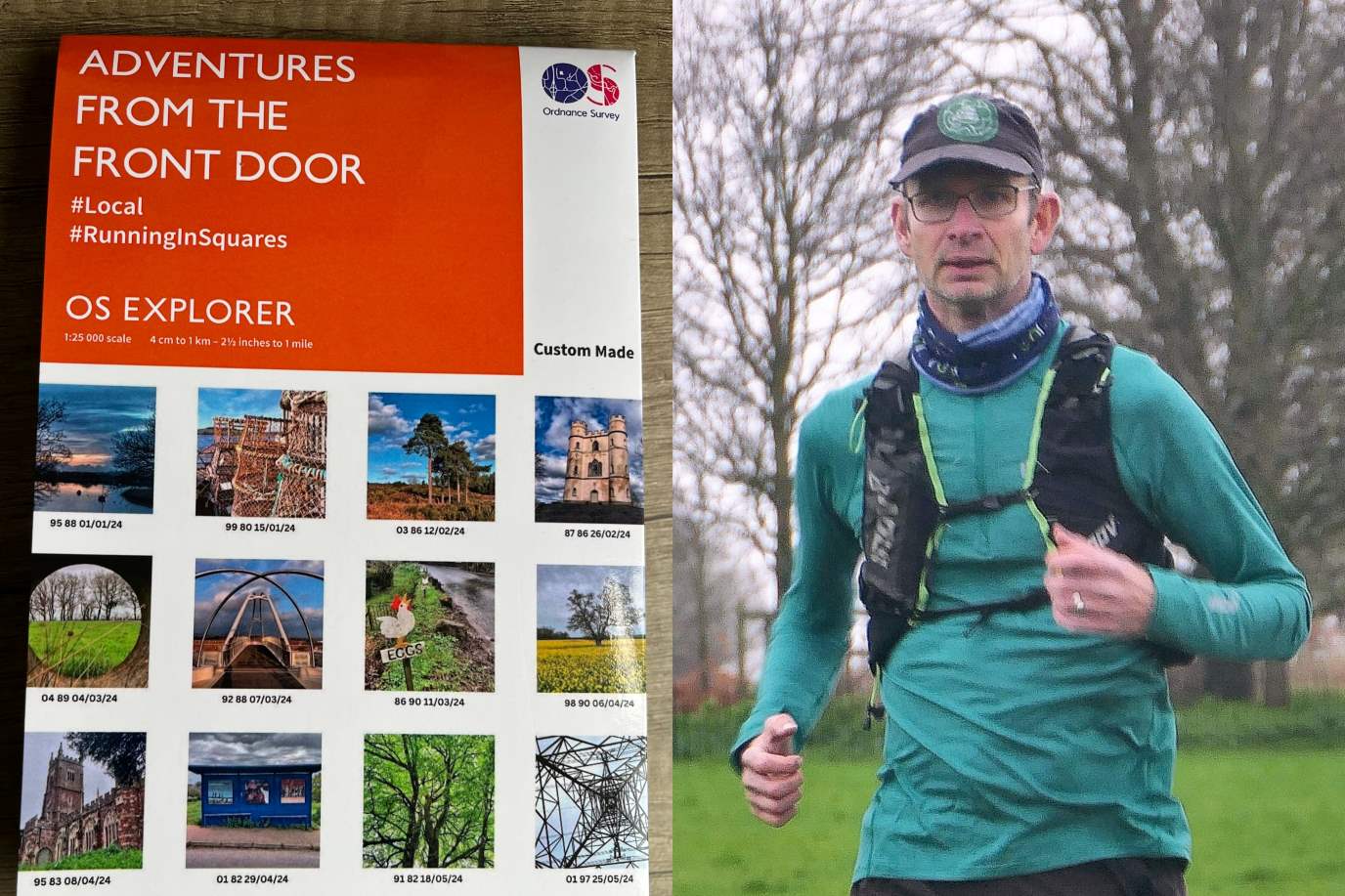Get outside and have some muddy fun with this beginner’s guide to Mountain Biking.
Olympic and Tour de France successes may have given road biking a new lease of life, but that’s certainly not all the fun you can have on two wheels. In fact, whilst road cycling may be good for setting record times and trying to beat them – mountain biking is more about going out and having a blast. Whilst there may indeed be scope for races and time trials, the primary objective for many mountain bikers is to get outside, get muddy and get the heart racing.
So what does it take to start mountain biking and how can an eager amateur or interested outsider get involved?
The bike
Of course, the first thing you need to get started is the mountain bike itself. It should come as no surprise that riders are advised to get their hands on an out-and-out mountain bike, instead of making do with something else – as they have been designed with all of the sport’s rigours in mind.
The first point of note is that mountain bikes look much more solid and sturdy than their road racing counterparts. They consist of wide tyres that won’t slip easily off rocks and a solid frame that can handle huge variations in terrain. The setup also includes higher handlebars than road bikes, as riders are encouraged to sit more upright, which improves handling and control. On the whole, they are noticeably smaller than road bikes as this makes controlling them much easier.
It’s not just shape and size where the bikes differ, though. Lower-range gears make it easier to climb steep hills, whilst heavy-duty hydraulic disk brakes enable riders to come to an almost immediate stop, should they come into difficulty.
The kit
Given the nature of mountain biking, it should come as no surprise that helmets are an absolute must. The variation comes when considering the type of helmet a rider eventually chooses.
Amateurs or those who aren’t looking to push themselves too hard may wish to use similar helmets to other cyclists. These typical ‘half-shell’ helmets will provide suitable protection against crashes or falls, whilst also offering the ventilation needed to prevent a rider’s head from turning into a sauna.
Those going out on warmer days or who find half-shells to be too restrictive may wish to try a cross-country alternative. These provide much greater ventilation and are more lightweight, meaning the wearer is able to pop it on and almost forget about it.
The last of the commonplace helmets is the full-face, although this is more for professionals or serious white-knuckle riders. Covering not only the cranium but also the wearer’s jaw, nose and mouth, full-face helmets offer the greatest protection – even if freedom is compromised as a result.
All of the above, unlike road cycling helmets, are designed to take quite a few knocks but remain usable. Mountain bikers are expected to take more tumbles than their road biking peers and can’t afford to get a new helmet every single time. As such, they have been designed to withstand a large number of knocks before needing to be replaced.
In addition to helmets, there are other peripherals which mountain bikers rely upon, depending on their preference. Some wear body armour and gloves to protect against falls, whilst others refuse to go out without a rudimentary first aid kit in tow. Elsewhere, water bottles for sustenance and hand-held tyre pumps can be incredibly useful but cheap to buy and easy to pack.
Categories
With the equipment sorted it’s time to get riding. Though, it’s not quite so straightforward as that. Mountain biking has a huge array of variations, meaning there’s plenty to choose from and should be at least one that any rider will find the most enjoyable.
First up is cross-country mountain biking, which is the sport in its loosest, most free-flowing iteration. It simply involves riding around bike trails – often in a loop – which involve muscle-shredding climbs and adrenaline-fuelled descents. This is the most common form of mountain biking, as riders from across the country will have access to areas specifically designed for cross country mountain biking.
A variation on cross country is enduro – which is largely the same but takes place on a gargantuan loop that can take riders up to a whole day to complete. Whilst not for the mountain biking beginner, this may be a challenge to be worked towards. Similarly, trail biking involves going on a long but somewhat leisurely trip through the countryside – a venture often described as ‘a hike on a bike’.
Anyone looking for all the fun of descent without having to put up with schlepping up the climbs may instead wish to try downhill mountain biking. As the name suggests, this involves travelling to the top of a large hill, then biking down it – often as fast as possible. This is where some of the competitive mountain biking events come in, as riders vie to set the quickest descent time. Getting up the hill will typically involve travelling by car, but those riding ski slopes during snow-starved summer months can enjoy chairlifts to the peak.
Accessing trails
Thanks to Britain’s open and welcoming access laws, mountain bikers are able to enjoy their sport at countless locations across the land. Whilst riders are urged to beware of other path users – especially youngsters, horse riders and those walking with dogs – there are a huge array of pathways where riding is allowed.
These include: bridleways, byways open to all traffic, cyclepaths, cycletracks, Forestry Commission mountain bike trails, Forestry Commission stone tracks, restricted byways, routes with other public access and unsurfaced roads.
On top of this, riding is also permitted on some canal towpaths and certain unsurfaced Forestry Commission tracks. That said, it’s still worth checking out the riding permissions and suggestions of a certain area before setting off as this ensures everyone is kept happy. Some areas may have certain times when biking is recommended which, instead of limiting the choice, can actually help cyclists guarantee the trails will be their own, thus enabling them to ride a little more freely.
So even if Olympic and Tour de France success has got riders out on the roads clocking up record lap times, some of the best fun is to be had off the beaten track, churning up mud and getting the adrenaline flowing.





